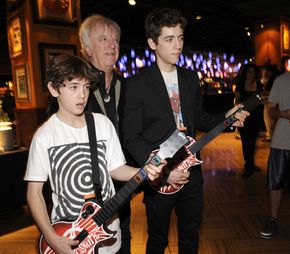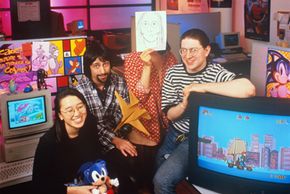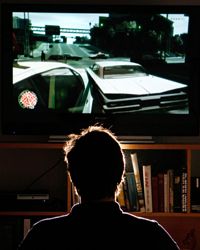Playing a video game nowadays is like entering another world, one with its own unique sights, sounds and realities. Game playing is also growing in frequency -- users spend up to four hours a day playing games like "Grand Theft Auto," "Guitar Hero" and "Wii Sports" [source: Nielsen Media]. But how many players stop and think about what's involved with creating these games?
Video Game Image Gallery
Advertisement
Video game makers are the creative masters behind today's video games. Making video games requires many different talents, such as the visual imagination of an artist and the storytelling skills of an author. Finally, video game creators must possess the technical computer programming skills necessary to make their vision of a reality, at least in cyberspace.
A video game combines all the elements of a great story -- adventure, danger, colorful and daring characters and a plot -- with enhanced computer graphics and interactivity. Video game makers do their best to put players inside the game, an attempt to give them the most intense and entertaining experience. Video game makers have to push themselves in this way, as the video game market is extremely competitive.
So how do these creative, technically skilled folks do this? There are many programs for making video games. Video game makers also turn to video game software, which is specially designed to facilitate the vast amount of computer software code needed to bring a game to life.
Creating video games is not only fun, but it's also a growing field. Software publishing as a career is expected to grow by 32 percent by 2012. [source: U.S. Bureau of Labor Statistics].
So, what are the basics of creating a video game? What software programs do you need? Read on to find out.
Advertisement






